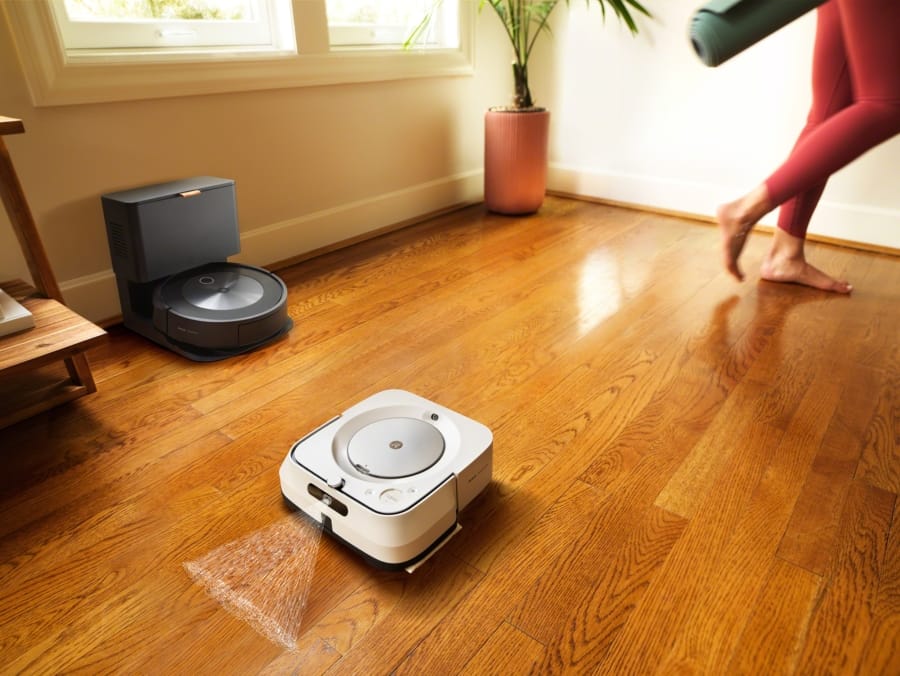iRobot Roomba j7 Spiel on Solving Problems pt. 2
Take for example, iRobot’s famous POOP guarantee. The pun is intended. With the introduction of robot vacuums and mops, there was an influx of pet owners having troubles with their robots; the robot didn’t stop at pet’s waste, instead it spread it. iRobot, with its gen. 3 system in Roomba j7, promised to replace the robot, free of charge, if it happens. However, robot mops were never upgraded to gen. 3, let alone the software upgrade to handle the data. As far as I am aware, POOP guarantee didn’t make it to the robot mops either. Had the robot mop was able to take the current map and obstacle data (e.g. where gen. 3 found the pet waste), the robot would be capable of either skipping an area entirely, or skipping its work.
Because there wasn’t a software to turn raw data into a usable map, many users often complained that Roomba and Braava have tendencies to create “ghost rooms”. From my experience, ghost rooms were most common when the supposedly more accurate map Roomba j7 created was ported over to Braava. Back when camera was first introduced into robot vacuum, 900 series with 45-degree angle camera was able to create maps based on its navigation, but the robot could not use the map it created. The UI the i series and j series inherited from the 900 series seems to suggest that iRobot has added a feature to recall a map and return to the area of interest, but the raw data wasn’t sanitized thoroughly as the system was never designed to create a usable map.
Again, the problem at hand doesn’t need to be solved only by software. These problems could have been solved by making a combo robot. However, the better software could have also helped to shape the future of Roomba as a platform. Seeing as iRobot is advertising its firmware as “iRobot OS”, it appears that was a plan at one point.
iRobot did create a combo unit which retained much of its original design. Software had to compensate for the hardware limitations. One I experienced personally was the re-docking issue. Roomba has to be aligned precisely for it to sit proper on the dock, otherwise the robot would slip from the slope. The slope is introduced to run the vacuum line underneath the charging dock for the auto emptying from the robot. It appears when Roomba finds itself misaligned, it disengages from the dock and tried to re-dock to the base automatically, without notifying the owner, while ignoring Do Not Disturb options on the app. If iRobot wanted to fix the docking issue with softwares, the app or the robot itself should warn the users. It’s a weird experience being woken up by a robot in the middle of the night.
In the part 3, I will conclude this review with the perspective of hardware upgrades. A lot of the problems iRobot tried to remedy with software were simply the product of its time, the early attempt to create a new feature. But instead of bringing in completely new design, Roomba hasn’t changed drastically since the beginning.

Comments